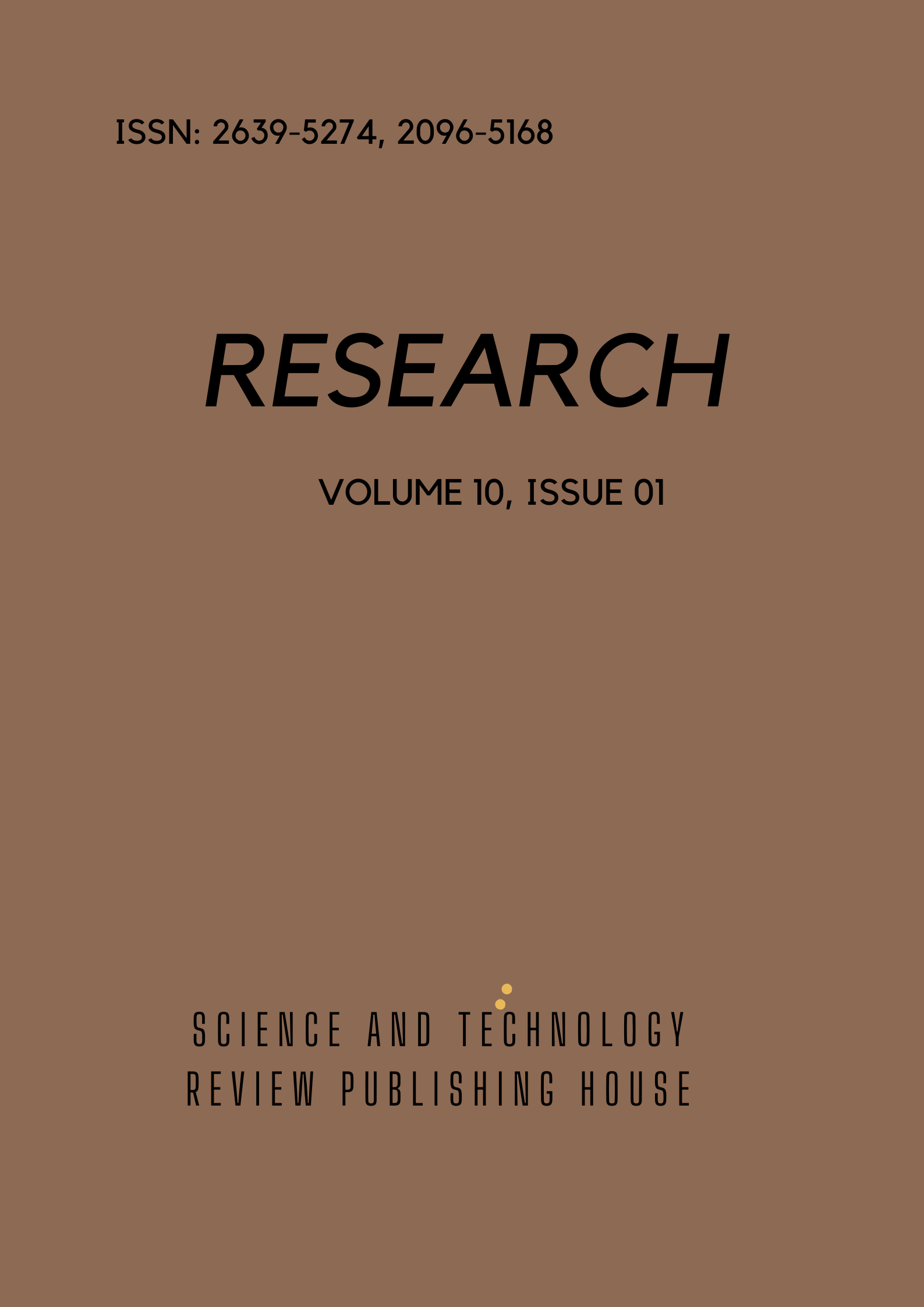Can The Subaltern Speak? Rebutting the Empire in Spivak’s Fashion- A Postcolonial Reading of J.M. Coetzee’s Foe
Keywords:
Postcolonial Response Literature; Colonial Myths in literature; J.M. Coetzee’s Foe Analysis; Qualitative Content Analysis; Gayatri Spivak Can the Subaltern Speak?Abstract
Postcolonial writers have penned many responses to colonial texts to apprise accurate details of their cultures and break the myths and stereotypes established by the British canonical literature. Initial postcolonial response texts were simple inversions of the colonial narratives- if the original text showed natives to have no culture, the response text portrayed native’s diverse culture, as in Things Fall Apart. Gradually the responses became more creative and powerful. Assessing whether a response text’s style, technique, and content are truly effective and distinctive requires careful research and analysis. This paper explores how J.M. Coetzee’s Foe, a response to Robinson Crusoe, challenges colonial myths about natives and brings marginalized voices to the forefront through his storytelling. The theoretical lens chosen to analyze the selected text is Gayatri Spivak’s Can the Subaltern Speak? Gayatri Spivak proposes an interesting way of fighting back the empire’s concocted narrative and that is by silence. Her concept of silence proposes to take pride in marginal identity and to reject any effort to be recognized by the oppressors or to correct their misconceptions. J.M Coetzee’s Foe has strong reflections of Spivak’s idea of establishing identity and this reflection of Spivak’s idea in Foe encourages this study. The study collects data through close reading and note-taking, which is then analyzed using content analysis, guided by Spivak’s theoretical framework.





